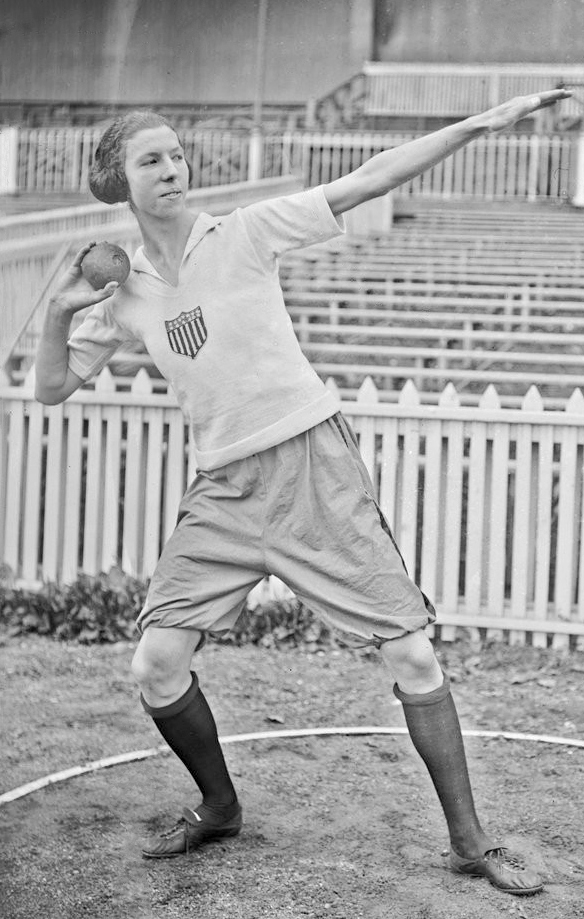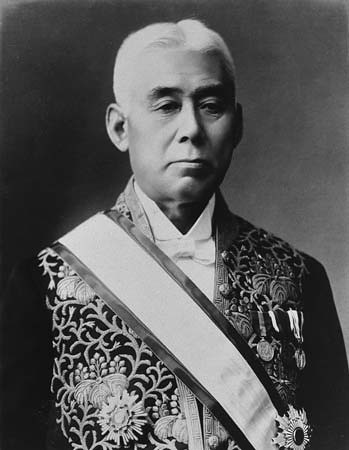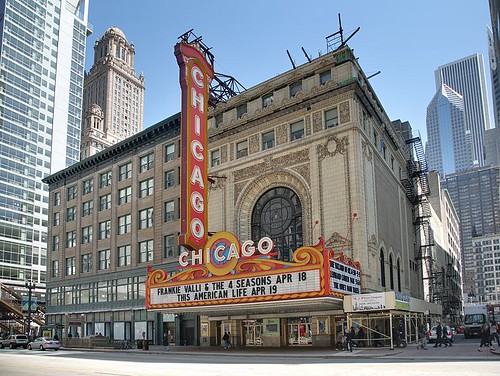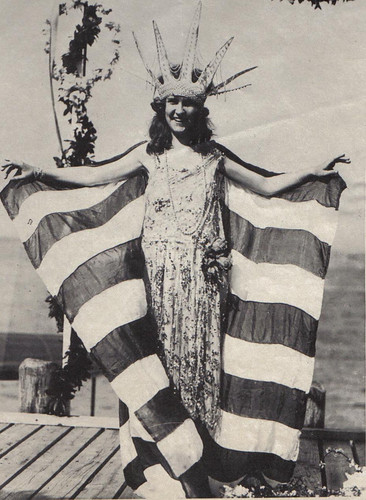The Royal Australian Air Force is formed.
 The Royal Australian Air Force traces its history back to the Imperial Conference held in London in 1911, where it was decided aviation should be developed within the Armed Forces of the British Empire. Australia implemented this decision, the only country to do so, by approving the establishment of the Central Flying School in 1912. The location for the proposed school was initially to be at Duntroon, Australian Capital Territory, but in July 1913 Point Cook, Victoria, was announced as the preferred location. The first flights by CFS aircraft took place there in March 1914.
The Royal Australian Air Force traces its history back to the Imperial Conference held in London in 1911, where it was decided aviation should be developed within the Armed Forces of the British Empire. Australia implemented this decision, the only country to do so, by approving the establishment of the Central Flying School in 1912. The location for the proposed school was initially to be at Duntroon, Australian Capital Territory, but in July 1913 Point Cook, Victoria, was announced as the preferred location. The first flights by CFS aircraft took place there in March 1914.
The Australian Flying Corps was formed as a Militia unit, with staff and students to be selected from the Citizen Forces. After an abortive deployment to German New Guinea at the end of 1914 as part of the Australian Naval and Military Expeditionary Force, it earned a most creditable reputation in both Palestine and France during World War I as a part of the Australian Imperial Force. The Australian Flying Corps remained part of the Australian Army until 1919, when it was disbanded along with the AIF. Although the Central Flying School continued to operate at Point Cook, military flying virtually ceased until 1920, when the Australian Air Corps was formed. The Australian Air Force was formed on 31 March 1921. King George V approved the prefix “Royal” in June 1921 and it became effective on 31 August 1921. The RAAF then became the second Royal air arm to be formed in the British Commonwealth, following the British Royal Air Force.
The service was rapidly expanded during World War II and at its height, it was the fourth largest air force in the world, consisting of 53 squadrons based in the Pacific and a further 17 in Europe.
In 1911, the Imperial Conference that was held in London determined that the armed forces of the British Empire needed to develop an aviation branch. At the time, aircraft were a newly emerging technology, but nevertheless Australia implemented the decision, the only country to do so. The first step taken by the government was to approve the establishment of the Central Flying School in 1912. Initially, it had been proposed to establish the school at Duntroon, in the Australian Capital Territory, where the Royal Military College had been established in 1911, but in July 1913 it was determined that Point Cook, Victoria, was the preferred location. The Australian Flying Corps was subsequently formed as a Militia unit, with staff and students to be selected from the Citizen Forces, and the first flights by CFS aircraft took place in March 1914.
Soon after the outbreak of World War I in August 1914, the AFC sent aircraft to assist the Australian Naval and Military Expeditionary Force in capturing German colonies in what is now north-west New Guinea. These colonies surrendered quickly however, before the planes were even unpacked. The first operational flights did not occur until 27 May 1915, when the Mesopotamian Half Flight was called upon to assist the Indian Army in protecting British oil interests in what is now Iraq. The corps later saw action in Egypt, Palestine and on the Western Front throughout the remainder of World War I. By the end of the war, four squadrons – Nos. 1, 2, 3 and 4 – had seen active service; another four squadrons – Nos. 5, 6, 7, and 8 – had also been raised to provide training in the United Kingdom. The AFC was disbanded along with the rest of the Australian Imperial Force in 1919, following the end of hostilities. Although the Central Flying School continued to operate at Point Cook, military flying virtually ceased until 1920, when the Australian Air Corps was formed. The following year, this was separated from the Army on 31 March 1921, when the Australian Air Force was formed as an independent service; in June that year King George V gave his assent for the service to use the prefix “Royal” and this came into effect on 31 August 1921.
Upon formation, the RAAF had more aircraft than personnel, with 21 officers and 128 other ranks, and just 170 aircraft. Initially, it had been planned to expand the force to 1,500 personnel – three-quarters permanent staff and one quarter reserves – who would serve in six squadrons: two of fighter aircraft, two of reconnaissance aircraft, and two squadrons of seaplanes. These plans were scuttled a year after formation due to budget constraints and until 1924, the service’s strength remained steady at just 50 officers and 300 other ranks; of the six planned squadrons, only five had been raised, albeit cadre strength, and these were subsequently merged into a single mixed squadron until 1925. A slightly improved economic situation in 1925 allowed the re-raising of Nos. 1 and 3 Squadrons, which were initially composite units equipped with fighters and bombers. Later in the decade, they were reorganised with No. 1 Squadron becoming a solely bomber formation, while No. 3 focused on army co-operation roles; smaller squadrons – in reality only flights – of fighters and seaplanes were formed within the RAAF’s flying training unit, No. 1 Flying Training School, which had been raised at Point Cook.
Throughout the inter-war years the fledgling RAAF focused on local defence and providing training opportunities to Australia’s naval and military forces. It also undertook aerial survey missions, meteorological flights, public displays, and provision of defence aid to the civil community, undertaking search and rescue missions and bush fire patrols. In the late 1930s, the force was expanded amidst concerns about a future war in Europe. Additional squadrons were raised and bases established away from the south-east coast, including airbases in Western Australia, Queensland and the Northern Territory. This expansion saw the RAAF increase its personnel from under 1,000 in 1935 to around 3,500 in 1939, and the establishment of a force of 12 squadrons, with plans for a further six, by the outbreak of World War II in September 1939.






